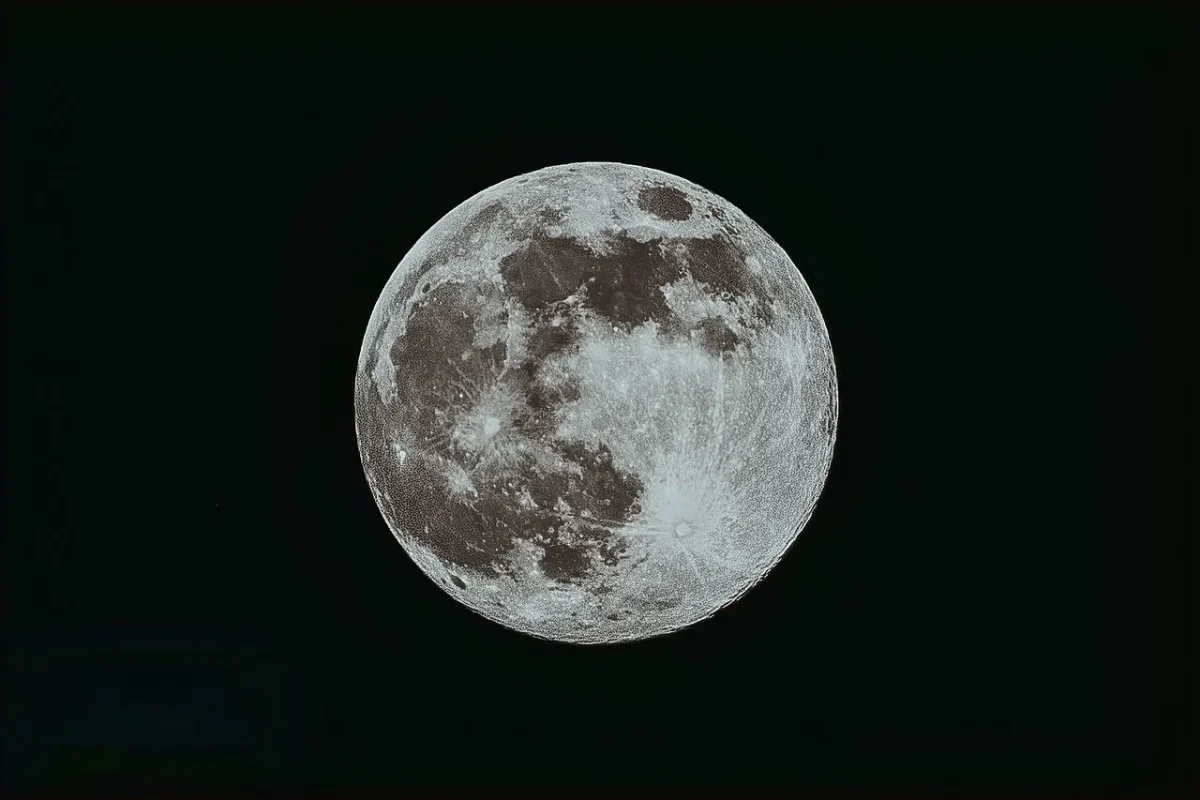
I had to rush. Exactly this morning, I realized that I had to assemble a whole PowerPoint presentation in a few days and I still was not ready. At the French club, we study various topics related to the larger culture of France and have to make a presentation each month. Next week’s topic was folklore, and I did a project on the wyvern, a mythical creature similar to a dragon, but with two legs instead of four. Studying French folklore-which is vast and varied, spanning both France and the various ex-colonies it had throughout history from Africa to modern-day Louisiana-made me reflect on the similarities between folklore.
Folklore, in broad terms, is a culture’s oral traditions, including legends, folk tales, fairy tales, jokes, proverbs, and all related “folk wisdom.” There are a great number of motifs, creatures, situations, and other elements that recur in folkloric traditions all around the world. I have personally been very attracted to both mythology and folklore, especially studying these similarities; I was intrigued by how close the motifs were even if the specific folklores were tens of thousands of kilometers (and maybe years) apart. Because Halloween has just passed and we are all still a little bit scared, I am going to focus on a scary folklore motif: the werewolf.
The modern-day iconic horror creature has mostly been influenced by European folklore. However, cultures across the world have told stories of human beings who could turn into beasts, often at night, to prey on other people. In fact, the idea of a human turning into a beast may be one of the most pervasive motifs in all folklore, being present in parts of the world from Africa to Central Asia. Here are some of the traditions describing werewolves.
Many Indigenous peoples of North America tell legends of “skinwalkers.” The Navajo Nation, in particular, believes these creatures to be generally similar to human beings but have skin as hard as a rock, and glowing eyes with which they can steal an individual’s aspect (or “skin”) when the person looks at them directly and, most importantly, the ability to turn into an animal. Skinwalkers are described as turning in various animals, such as coyotes or owls, but the form most often associated with them is the wolf. The Navajo name for these beings is yeenadloshi (literally meaning “he goes on all fours”).
In Chinese folklore, there are beings known as “Yaoguai”, which were thought to be creatures, animals, or even objects who achieved supernatural powers after cultivating the life force known as ch’I. Many of these animals and objects are capable of transforming from and into human beings in order to deceive them and occasionally prey on them. The most common type of these spirits were fox spirits, depicted as nine-tailed foxes able to turn into other beings, including humans. However, wolves could also achieve these powers, similar to the Skinwalkers in Navajo culture and European werewolves.
Europe, of course, is not barren of werewolves. The Balkan countries, for instance, have several traditions, among them the Vukodlak in Serbian and Croatian folklore. Bulgaria also has tales of the Varkolaks, human beings who could shapeshift into wolf-like creatures or actual wolves, usually after encountering other Varkolaks or due to a curse. Finnish folklore features the “Noidanloukko”, witches who are also able to turn into wolfish beings or wolves through the use of dark magic.
These are, of course, only a few of the folklores featuring people capable of turning in animals such as wolves. So, the question is, how did these ideas originate? Why did people, ancient and relatively modern, believe in these horrifying transformations? One theory is simply that werewolves (and related stories of individuals capable of turning in other animals) are magnified fears of actual predators, such as wolves or tigers. Indeed, it is interesting to notice that transformations are usually described as between human beings and dangerous animals. A were-rabbit would not make much sense, at least according to this theory. A related hypothesis is that werewolf tales were born as ancient peoples tried to find an explanation for real illnesses, such as hypertrichosis, which causes the excessive growth of facial hair.
Today, of course, we know that werewolves are fictional. Still, the figure has a powerful appeal in modern popular culture, as evidenced by several well-known werewolf characters, including Jacob Black from the Twilight franchise and Remus Lupin from the Harry Potter book and movie series. Jacob Black is described as a skinwalker, much like the figures in Navajo culture. Indeed, he is depicted as a Native American (specifically from the Quileute nation). Like skinwalkers in folklore, he can maintain his mind while in wolf form (differently from most depictions of werewolves). Remus Lupin is closer to these mainstream depictions. The character’s name was likely chosen by author J.K. Rowling to reflect his werewolf nature: “lupin” is similar to the Latin word for wolf, “lupus.” Furthermore, the name “Remus” harkens back to the legend of Romulus and Remus who, according to Roman mythology, were nursed by a she-wolf after having been abandoned.
Clearly, werewolves are here to stay.